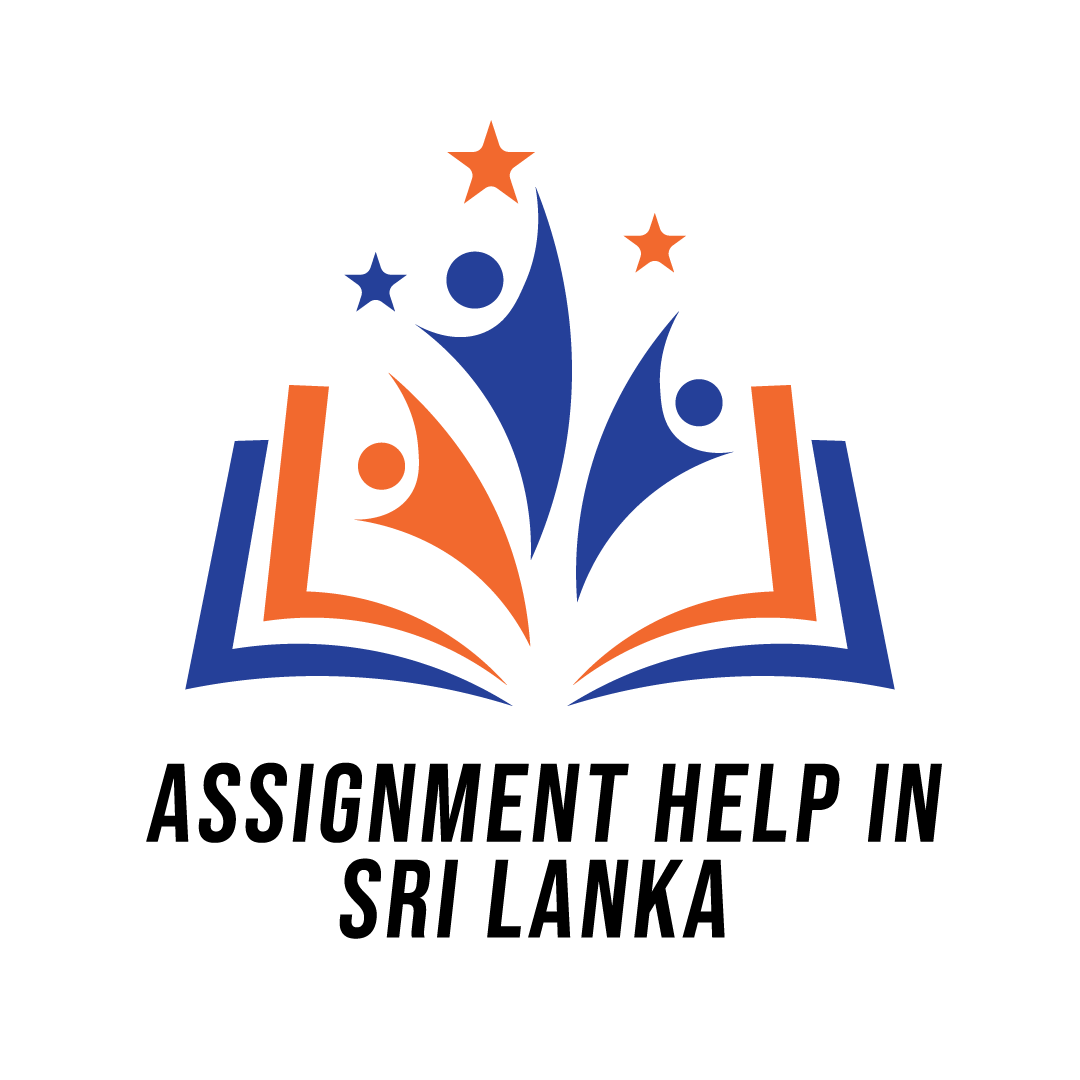HOME/BLOG
Understanding Plagiarism: How to Avoid Common Pitfalls in Academic Writing

Plagiarism is a term every university student is familiar with, but it’s often misunderstood. Many students get caught up in plagiarism issues without even realizing it. This article will help you understand what plagiarism is, why it's a serious academic offense, and how to avoid it.
What Is Plagiarism?
Plagiarism is the act of using someone else's work or ideas without giving them proper credit. This can happen in many ways—copying text word-for-word, paraphrasing too closely without citation, or even self-plagiarizing (using your previous work without permission).
Common Plagiarism Mistakes
One common mistake is assuming that paraphrasing doesn't require citation. Even if you're putting the idea into your own words, the idea still belongs to someone else and proper credit is necessary. Another mistake is forgetting to cite quotes or failing to include a bibliography.
How to Check for Plagiarism
Many online tools like Turnitin or Grammarly can help you detect plagiarism before submitting an assignment. These tools highlight sections that may need citation and help you ensure that your work is original.
Best Practices for Citing Sources
To avoid plagiarism, it’s crucial to learn proper citation techniques. Whether you're using APA, MLA, or Chicago style, make sure to cite both in-text and in your bibliography. Keep track of all your sources as you research, so you're not scrambling to find them later.
How We Ensure Originality
Our assignment help service takes plagiarism very seriously. We provide original, customized content for each client and run all assignments through plagiarism detection tools to ensure 100% originality. You can trust us to deliver high-quality, plagiarism-free work every time.
Understanding plagiarism is the first step toward maintaining academic integrity. By following these guidelines, you can avoid accidental plagiarism and submit original, well-researched assignments.
